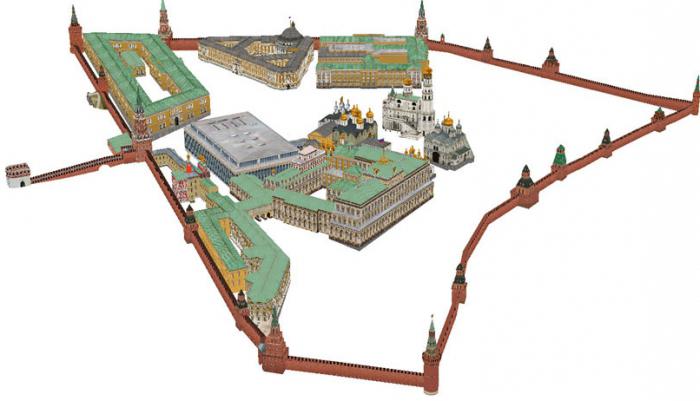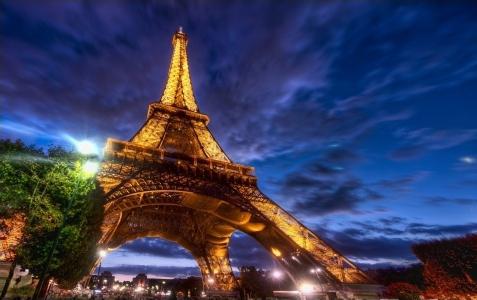Pages of Soviet town-planning: "The tower of Vulikh"
In the sixties of the 20th century, witty Muscovitesgave the nickname "Tower" to single-section apartment houses and other buildings with a height of 9-12 floors and more. They appeared in every area of new buildings in Moscow. This word was firmly entrenched and behind one of the typical series of apartment houses, which became known as the "tower of the Vulikas" by the name of the city planner who designed it.

E.P.Vulikh, a well-deserved Russian architect, awarded many prizes, orders and medals, exerted a lot of effort to form the image of the Soviet capital. The house series "Vulykh Tower" is not his only contribution to the architectural environment of Moscow. The ensembles of apartment buildings on the Frunzenskaya and Dorogomilovskaya embankments and Komsomolsky Prospekt, a 450-apartment house on Leningradsky Prospekt were considered at that time to be real achievements in town planning.
Vulikh - author of the building of the State Circus on ProspektVernadsky, built in 1971. The project of this building with a lot of complicated at the time engineering structures, removable arenas, etc., was nominated for the State Prize. The circus with the sky floating in the sky, illuminated from the inside by the dome, still adorns the south-western part of the capital.
"Tower of the Wool" - a series of single-brick houses, the most common not only in Moscow, but in many other cities.


The houses of the "Vulikh Tower" series were built of brickssand color, with loggias on the facade. Inside, since the houses are high-rise, two elevators are provided - one for the transport of goods, the other for passengers - in addition, a garbage disposal with a loading valve on each floor. Heating water, centralized, water supply from the city network (hot and cold water). In the kitchen and in the bathroom there are ventilation units. The outer walls of brick have a thickness of 510 mm, which is an undeniable advantage over modern houses. Internal walls and partitions are made of gypsum-concrete panels with a thickness of 200 and 80 mm, respectively. The overlapping is a multi-empty panel. In contrast to the "Khrushchev" with low ceilings (2.48), in the houses of the "tower Vulikh" series, the ceilings have a quite decent height of 2.7 m.
In the section there are 8 apartments: 1 three-room, 4 two-room and 3 one-room. All of them are planned quite conveniently, they have spacious kitchens, large hallways and loggias, separate bathrooms.
Due to the successful layout of rooms suchreal estate and is now in good demand in the secondary housing market, the cost of apartments is even higher than in newer homes. The period during which the "Vulikh Tower" was built was 40 years, from 1963 to 2003. It should be noted that this is a worthy page in the history of Russian urban development.








